 To enhance service speed and avoid tariff delays, we've opened a US warehouse. All US orders ship directly from our US facility.
To enhance service speed and avoid tariff delays, we've opened a US warehouse. All US orders ship directly from our US facility.
| Cat. No. | Product Name | Field of Application | Chemical Structure |
|---|---|---|---|
| DC76913 | 1-Monoarachidin |
1-Monoarachidin is a fatty acid that is derived from 2-arachidonoylglycerol.
More description
|

|
| DC76912 | 19(R)-Hydroxy prostaglandin F1α |
19(R)-Hydroxy prostaglandin F1α is an ω-1 hydroxylase metabolite of PGF1α.
More description
|

|
| DC76911 | 17(R)-Resolvin D1 methyl ester |
17(R)-Resolvin D1 methyl ester is the methyl ester of Resolvin D1 (RvD1) induced by Aspirin with the 17R epimer (AT-RvD1). RvD is a regulator of transendothelial migration of human polymorphonuclear leukocytes and an anti-inflammatory agent. The 17R-trihydroxy-4Z of RvD1 also blocks transendothelial migration of human neutrophils (EC50 approximately 30 nM). AT-RvD1 is an effective form that protects against the rapid inactivation of Resolvin D1.
More description
|

|
| DC76910 | 16-Carboxymitragynine |
16-Carboxymitragynine is a metabolite of mitragynine.
More description
|

|
| DC76909 | 15-keto Prostaglandin F1α |
15-keto Prostaglandin F1α (15-keto PGF1α) is a prostaglandin F1α metabolite. 15-keto Prostaglandin F1α (15-keto PGF1α) is an effective substrate for PGR-2. 15-keto Prostaglandin F1α (15-keto PGF1α) can be used to study physiological processes such as prostaglandin metabolism and lipogenesis.
More description
|

|
| DC76908 | 14,15-Leukotriene D4 |
14,15-Leukotriene D4 (14,15-LTD4) is a leukotriene that producted by eosinophils with Arachidonic acid that can be used as a negative control for the protein-protein inhibition activity of UNC6934.
More description
|

|
| DC76907 | 13,14-Dihydro-15-keto-PGE2 |
13,14-Dihydro-15-keto-PGE2 participates in Bifidobacterium animalis F1-7 to alleviate opioid-induced constipation by 5-HT pathway.
More description
|

|
| DC76906 | 1,3-Dipalmitoyl-2-stearoyl glycerol |
1,3-Dipalmitoyl-2-stearoyl glycerol (1,3-Palmitin-2-stearin) is a triacylglycerol in which palmitic acid is located at the sn-1 and sn-3 positions, and stearic acid is at the sn-2 position. The levels of 1,3-Dipalmitoyl-2-stearoyl glycerol are associated with energy depletion caused by reduced food intake in rats.
More description
|

|
| DC76905 | 1,3-Capryloyl-2-oleoylglycerol |
1,3-Capryloyl-2-oleoylglycerol is a triglyceride. 1,3-Capryloyl-2-oleoylglycerol has its hydroxyl groups at the 1 and 3 positions of glycerol acylated by Caprylic acid and the hydroxyl group at the 2 position acylated by Oleic acid in its molecule.
More description
|

|
| DC76904 | 1,2-Stearin-3-linolein |
1,2-Stearin-3-linolein is a triacylglycerol. 1,2-Stearin-3-linolein has Stearic acid at sn-1 and sn-2 positions, and contains Linoleic acid at sn-3 position.
More description
|

|
| DC76903 | 1,2,3-tri-γ-Linolenoyl glycerol |
1,2,3-tri-γ-Linolenoyl glycerol is a triacylglycerol with γ-linolenic acid attached to the three esterification sites (1, 2 and 3) of glycerol.
More description
|

|
| DC76902 | (5α)-3,6-Dioxocholan-24-oic acid |
(5α)-3,6-Dioxocholan-24-oic acid is a secondary bile acid.
More description
|

|
| DC76901 | (±)-Δ7-Mesembrenone |
(±)-Δ7-Mesembrenone is a mesembrine-type alkaloid which can be extracted from various Sceletium.
More description
|

|
| DC76900 | (±)7(S),8(R)-EDT |
(±)7(S),8(R)-EDT is an isomer of 7,8-EDT.
More description
|

|
| DC76899 | (+/-)-Adomeglivant |
(+/-)-Adomeglivant ((+/-)-LY2409021) is a potent and selective glucagon receptor antagonist with hypoglycemic activity. (+/-)-Adomeglivant is effective in lowering blood sugar levels in both healthy people and people with type 2 diabetes. (+/-)-Adomeglivant is well tolerated by glucagon signaling blockade in patients with type 2 diabetes and significantly reduces fasting and postprandial blood glucose with a concomitant reversible elevation of aminotransferases. Glucagon signaling inhibition by (+/-)-Adomeglivant is a promising potential inhibitory approach for patients with type 2 diabetes and warrants further evaluation of its benefits and risks in longer clinical trials.
More description
|

|
| DC46265 | N4-Acetylcytidine triphosphate Featured |
N4-Acetylcytidine triphosphate is efficiently used as a substrate in T7 Polymerase-catalyzed in vitro
transcription and can be incorporated into multiple templates.
More description
|

|
| DC40103 | Sphingosine-1-phosphate Featured |
Sphingosine-1-phosphate (S1P) functions as a versatile signaling molecule, acting both intracellularly and extracellularly. Within cells, it serves as a secondary messenger, playing a key role in calcium ion (Ca²⁺) mobilization. Externally, S1P acts as a ligand, binding to and activating a range of G protein-coupled receptors, including S1P1-5 receptors as well as GPR3, GPR6, and GPR12. This bioactive lipid is synthesized from sphingomyelin and other membrane phospholipids, highlighting its importance as a critical mediator in various cellular processes.
More description
|
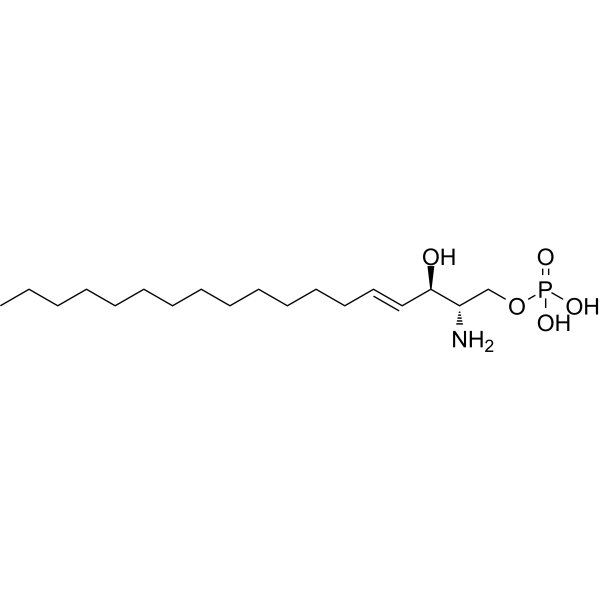
|
| DC40969 | N-β-alanyldopamine hydrochloride Featured |
N-β-alanyldopamine hydrochloride, commonly referred to as NBAD hydrochloride, stands as the primary dopamine derivative found in haemolymph.
More description
|
.gif)
|
| DC41148 | 1,3-Butanediol Featured |
1,3-Butanediol, an ethanol dimer providing a source of calories for human nutrition. 1,3-Butanediol is converted in the body to β-hydroxybutyrate and has cerebral protective and hypoglycaemic effect.
More description
|
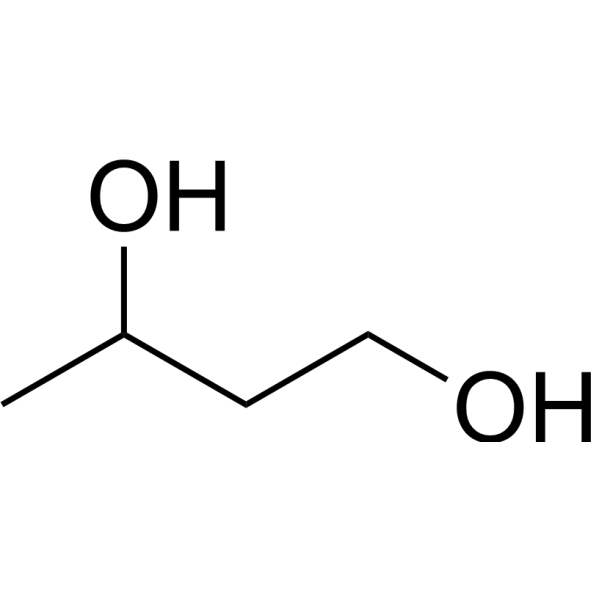
|
| DC43977 | L-Palmitoylcarnitine TFA |
L-Palmitoylcarnitine TFA, a long-chain acylcarnitine and a fatty acid metabolite, accumulates in the sarcolemma and deranges the membrane lipid environment during ischaemia.
More description
|
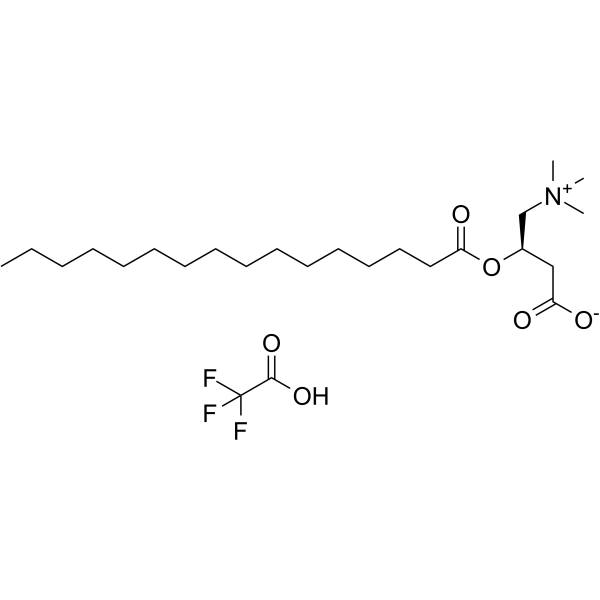
|
| DC28133 | Prostaglandin D2 Featured |
Prostaglandin D2 (PGD2) is one of the major PGs actively produced in the brain of various mammals. Prostaglandin D2 is one of the most potent endogenous sleep promoting substances. PGD2 plays a protective role by suppressing inflammation.
More description
|

|
| DC29182 | N-Acetyl-L-glutamic acid Featured |
N-Acetyl-L-glutamic acid, a N-acyl-L-amino acid, is a component of animal cell culturing media. N-Acetyl-L-glutamic acid is a metabolite of Saccharomyces cerevisiae and human.
More description
|
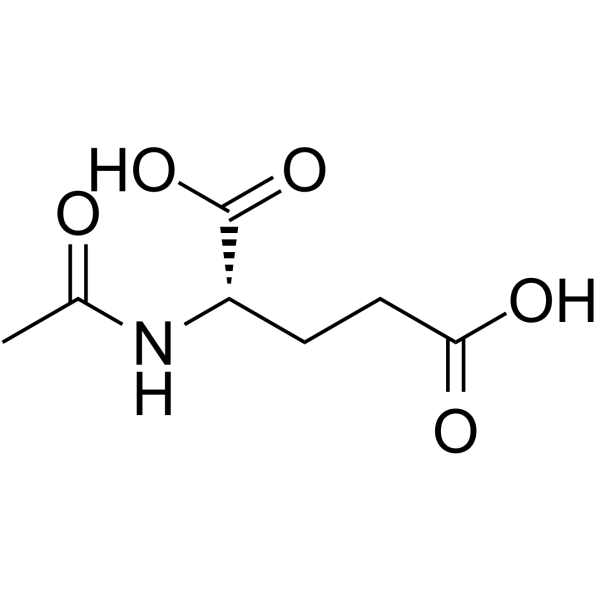
|
| DC29077 | L-Carnitine hydrochloride Featured |
L-Carnitine hydrochloride ((R)-Carnitine hydrochloride), a highly polar, small zwitterion, is an essential co-factor for the mitochondrial β-oxidation pathway. L-Carnitine hydrochloride functions to transport long chain fatty acyl-CoAs into the mitochondria for degradation by β-oxidation. L-Carnitine hydrochloride is an antioxidant. L-Carnitine hydrochloride can ameliorate metabolic imbalances in many inborn errors of metabolism.
More description
|

|
| DC45589 | 2'-Deoxyuridine 5'-monophosphate disodium Featured |
2'-Deoxyuridine 5'-monophosphate disodium is reductively methylated to dTMP (2'-deoxythymidine 5'-monophosphate) by bisubstrate enzyme thymidylate synthase (TS). dTMP is a nucleotide required for DNA synthesis.
More description
|
.jpg)
|
| DC45590 | Disodium 5'-dGMP Featured |
2'-Deoxyguanosine 5'-monophosphate disodium (5′-dGMP disodium) is a mononucleotide having guanine as the nucleobase. 2'-Deoxyguanosine 5'-monophosphate disodium is a nucleic acid guanosine triphosphate (GTP) derivative.
More description
|
.jpg)
|
| DC45591 | 2′-Deoxyadenosine 5′-monophosphate disodium Featured |
2′-Deoxyadenosine 5′-monophosphate disodium, a nucleic acid AMP derivative, is a deoxyribonucleotide found in DNA. 2′-Deoxyadenosine 5′-monophosphate disodium can be used to study adenosine-based interactions during DNA synthesis and DNA damage.
More description
|
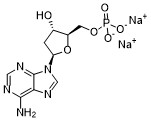
|
| DC72899 | Cytidine diphosphate |
Cytidine diphosphate is a nucleoside diphosphate that acts as a carrier for phosphorylcholine, diacylglycerol, and other molecules during phospholipid synthesis.
More description
|

|
| DC72819 | 18-Hydroxycortisol |
18-Hydroxycortisol is an endogenous steroid that secreted by the adrenal cortex. 18-Hydroxycortisol is a cortisol derivative and a steroidogenic intermediate. 18-Hydroxycortisol can be used for primary aldosteronism (PA) research.
More description
|

|
| DC72803 | Neuraminic acid |
Neuraminic acid is an acidic amino sugar with a backbone formed by nine carbon atoms. Neuraminic acid may also be visualized as the product of an aldol-condensation of pyruvic acid and D-mannosamine (2-amino-2-deoxy-mannose). Neuraminic acid is a functional group of some biologically active mucoproteins.
More description
|

|
| DC42353 | Vitamin D3 octanoate |
Vitamin D3 octanoate is an octanoate ester of vitamin D3. Vitamin D3 is a naturally occuring form of vitamin D. Vitamin D3 induces cell differentiation and prevents proliferation of cancer cells.
More description
|

|